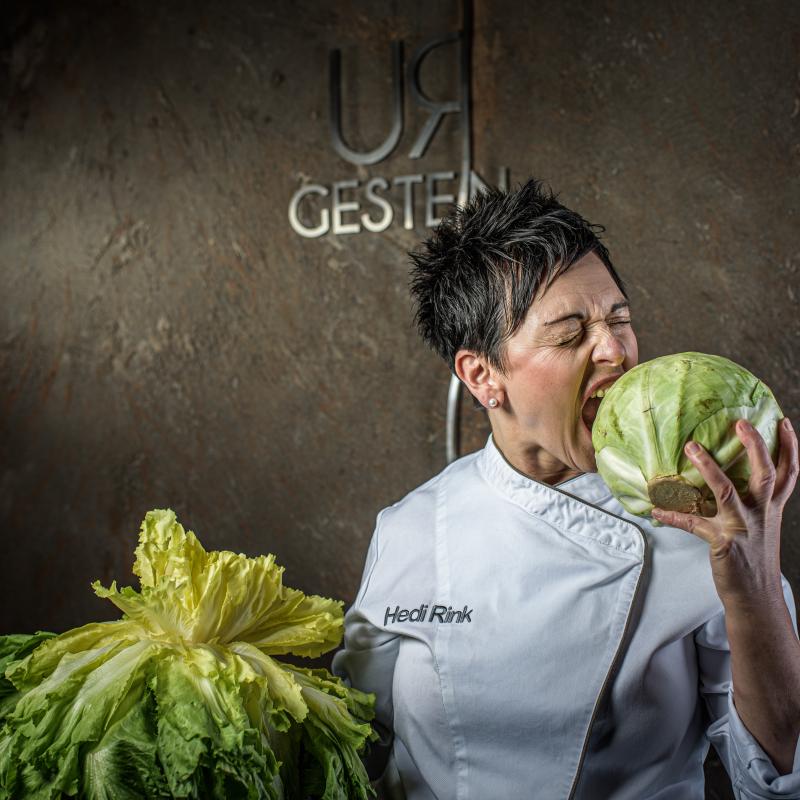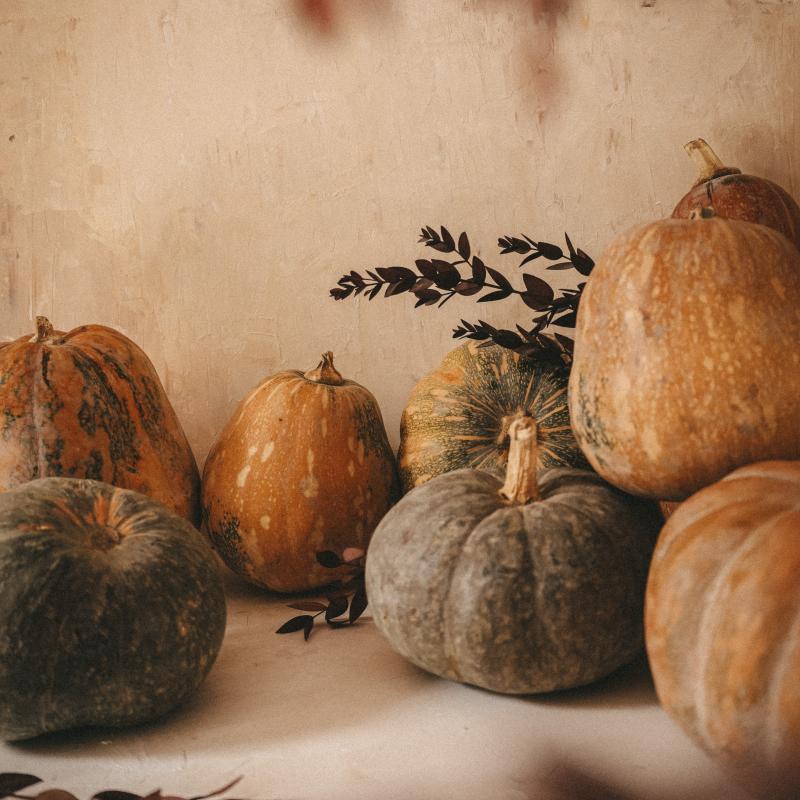Cook & Chef Well-being
Spring is here: gastronomy and rituals
What is it about food that makes its presence essential at social events? Taking advantage of the arrival of spring, we explore the close relationship between gastronomy and cultural traditions, and we analyse food as a symbol of identity and belonging, and of sustainability, of course.
Throughout the world, spring is a time of blossoming, awakening and celebration. Each region and each culture has its own ways of honouring the change of season and the rebirth of nature. And at the heart of these rituals, is food.
Food as identity
It is no secret that eating goes beyond merely satisfying a need; it is an activity that involves sharing, getting together and socialising, it is a means of creating bonds with other people. So much so that food has its own social norms. In most cultures, offering food and drink is synonymous with hospitality, but people also once held banquets with the intention of flaunting power and grandeur. Today, business deals are closed around the table, bonds are reinforced, arguments are resolved, memories are relived, etc.
Eating is getting together, and when we talk about traditional gastronomy, this leads to the greatest illustration. Food from one place unites the people that form part of it and connects them with their roots. Hence, food becomes a symbol of identity and belonging, which speaks of culture, history and shared values.
As a result of all of this, it is no surprise that gastronomy is the focal point in popular rituals and celebrations. It is an integral part of human experience. Most interestingly, both celebrations and food are influenced by something tangible: the seasonal cycle.
Seasonal and sustainable cuisine
One of the foundations of sustainable gastronomy is that each food has its own cycle and each recipe has its own time. Summer is when cereals ripen, as well as fruits and vegetables that contain the most water, because it's what our bodies need to face the high temperatures. Autumn is hunting season and time to harvest before winter, of filling the store cupboard.
When the cold weather arrives, the earth dies and we are in the mood for soups, stews etc that warm up the soul. And during spring, the earth regenerates and crops thrive. Our food habits change each season, as if we form part of a big show that takes place in nature. Celebrating the changes in this cycle with a festival was typically pagan, but Judaism and Christianity also have their own seasonal cuisine.
At Easter, for example, Christians avoid dishes that contain red meat because it represents the body of Christ on the cross. Instead, they make modest stews with ingredients that replace the protein of the meat, such as ‘potaje de vigilia’ which is a type of cod and chickpea stew, served on Fridays during Lent.
In Jewish cuisine, seasonality is reflected mainly in the choice of foods (associated with the Mediterranean diet), but also in its profound symbolism since, for Jews, food is a way of connecting with nature and celebrating life. A dish that reflects these values is adafina. This traditional stew from Sephardic gastronomy was left to cook on a low heat during the night on Fridays to eat warm on the Sabbath, a day of rest when cooking is not permitted. Adafina is associated with values such as family unity, humbleness and patience.
As we have seen since time immemorial, eating is more than a simple act of ingestion; it is an experience that connect us with our identity, our roots and our traditions. And, although technology has made it possible for us to access any food all year round, there is still something special about recognising the cycles of nature and adapting to them.
The next time you sit at the table, we invite you to think about everything this dish represents....and enjoy every mouthful as it deserves!



